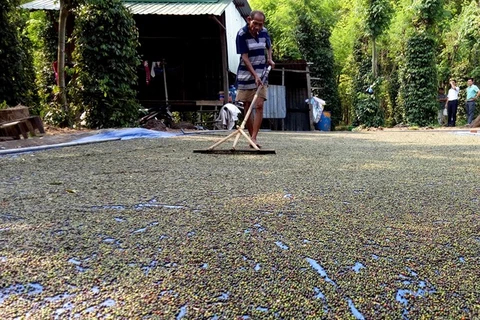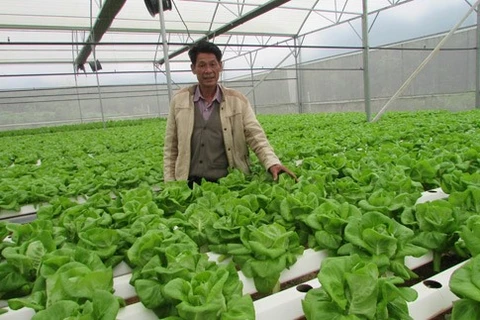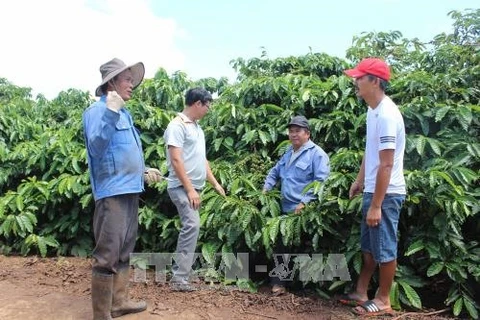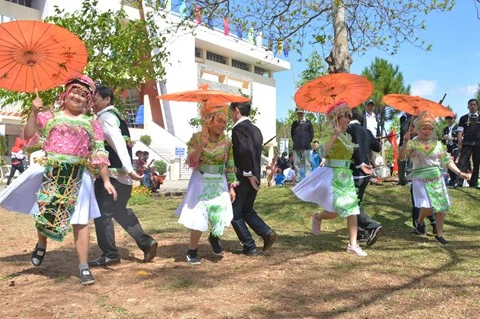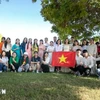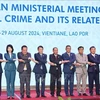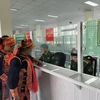 Ro Cham Djuih in Blui village, IaKa commune, Chu Pah disitrict receives a breeding cow, fertilizer, a mower, and technical assistance to take care of his coffee garden. (Photo: VNA)
Ro Cham Djuih in Blui village, IaKa commune, Chu Pah disitrict receives a breeding cow, fertilizer, a mower, and technical assistance to take care of his coffee garden. (Photo: VNA)Gia Lai (VNA) – The Central Highlands province of Gia Lai, home to 34 ethnic minority groups, has implemented effectively numerous policies on socio-economic and cultural development in areas inhabited by ethnic minority groups.
The provincial authorities have integrated resources of different socio-economic development schemes such as Programme 135 designed to help extremely disadvantaged communes; Programme 134 on providing housing and farming land for ethnic people; and the new-style rural area building programme, which provided ethnic people with capital and seedlings for farming, as well as support so that they can switch to advanced farming techniques.
Over the past years, the cultivation of high-value crops, such as coffee, pepper, rubber, and fruit trees has been expanded across the province.
In 2017, the province provided 25 tonnes of maize seeds, 26 tonnes of rice, 1,500 tonnes of fertilizer, and 2,000 breeding cows for over 200,000 local ethnic households.
The family of Luih in Dor 2 village, Glar commune, Dak Doa district used to live under the poverty line. In 2009, he received a 50 million VND (2,200 USD) preferential loan from the Vietnam Bank for Social Policy, which he spent on fertilizer and watering pipes to take care of his coffee garden.
As of the end of 2015, he was able to pay the debt after harvesting his coffee crop, and used the remaining money to expand his garden. In 2016, he afforded to build a new house.
“Many other households in the village did the same as me and escaped from poverty. This year, I paid the bank loan, bought some furniture, and enjoyed the traditional Lunar New Year (Tet) in a more sufficient way,” Luih said.
Meanwhile, Ro Cham Djuih in Blui village, IaKa commune, Chu Pah disitrict, said he received a breeding cow, fertilizer, a mower, and technical assistance to take care of his coffee garden, which helped improve the living condition of his family.
Ro Cham Phen in Kenh Chop village, la Nhin commune, Chu Pah district also received a breeding cow in 2015. His family escaped from the poverty list in 2017.
According to Kpa Do, head of the provincial Department for Ethnic Affairs, Gia Lai has 64 communes and 600 villages in especially difficult situation. In 2017, the province has 39,000 ethnic households living under the poverty line and 24,000 others just above the line.
The department will join hands with other relevant bodies to push forward efforts to reduce poverty among local ethnic minority communities, he said.-VNA

